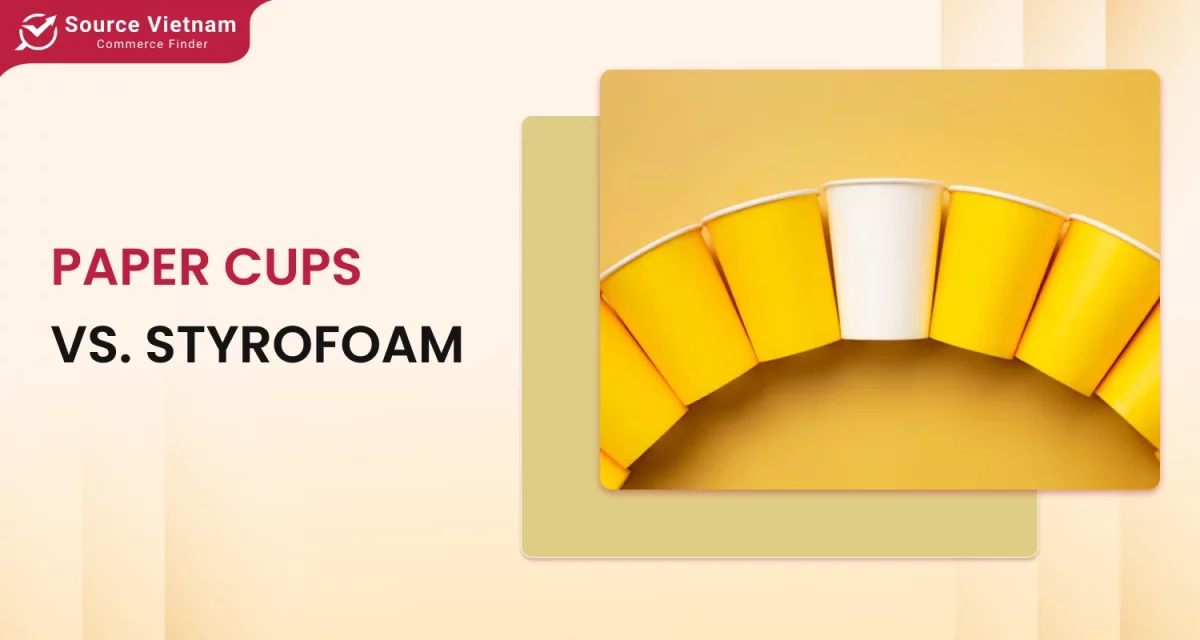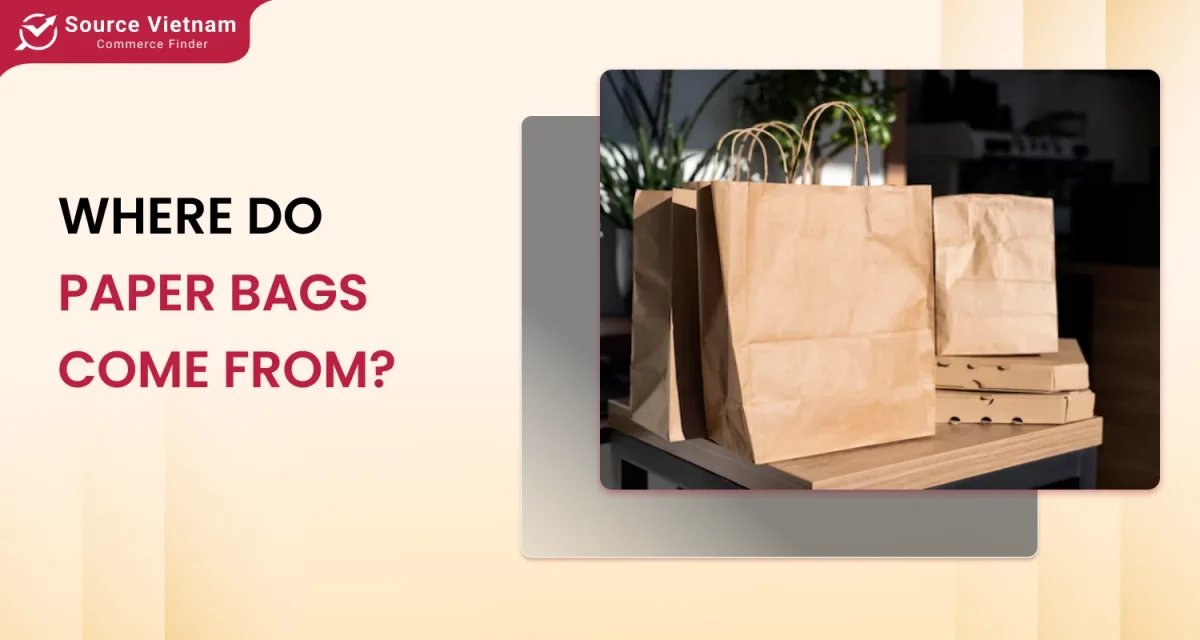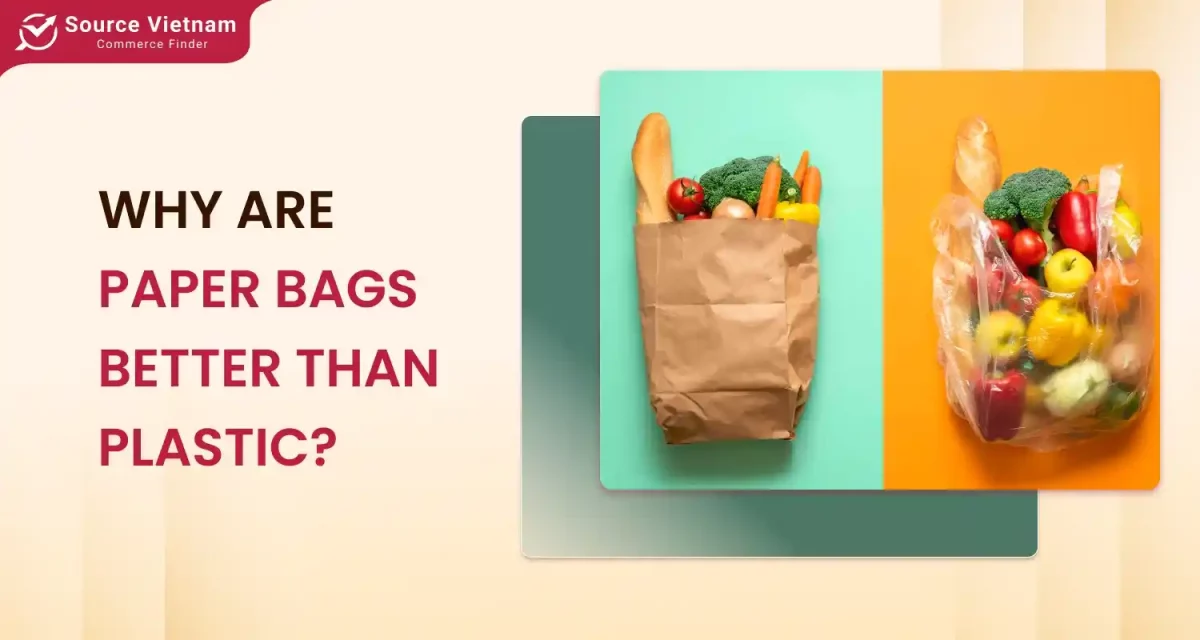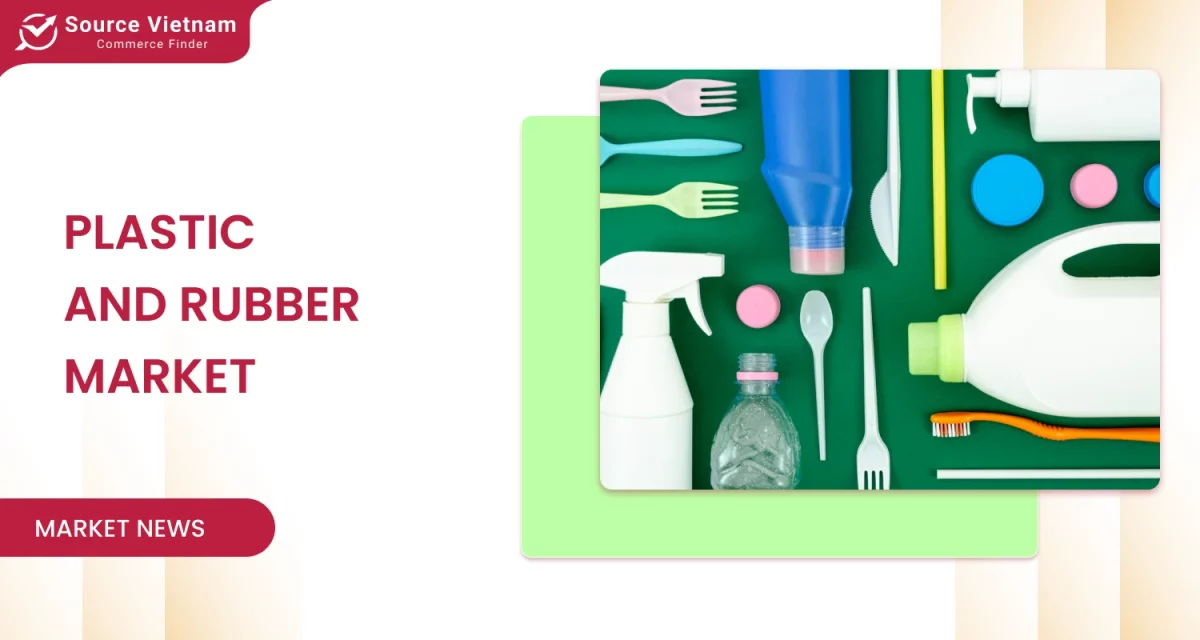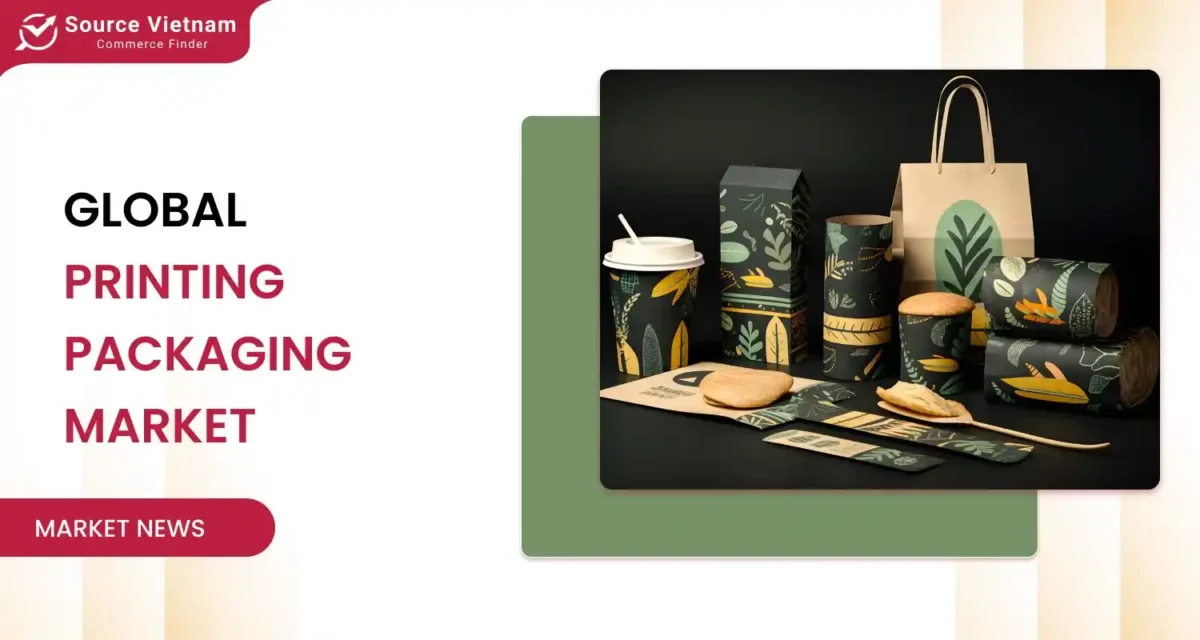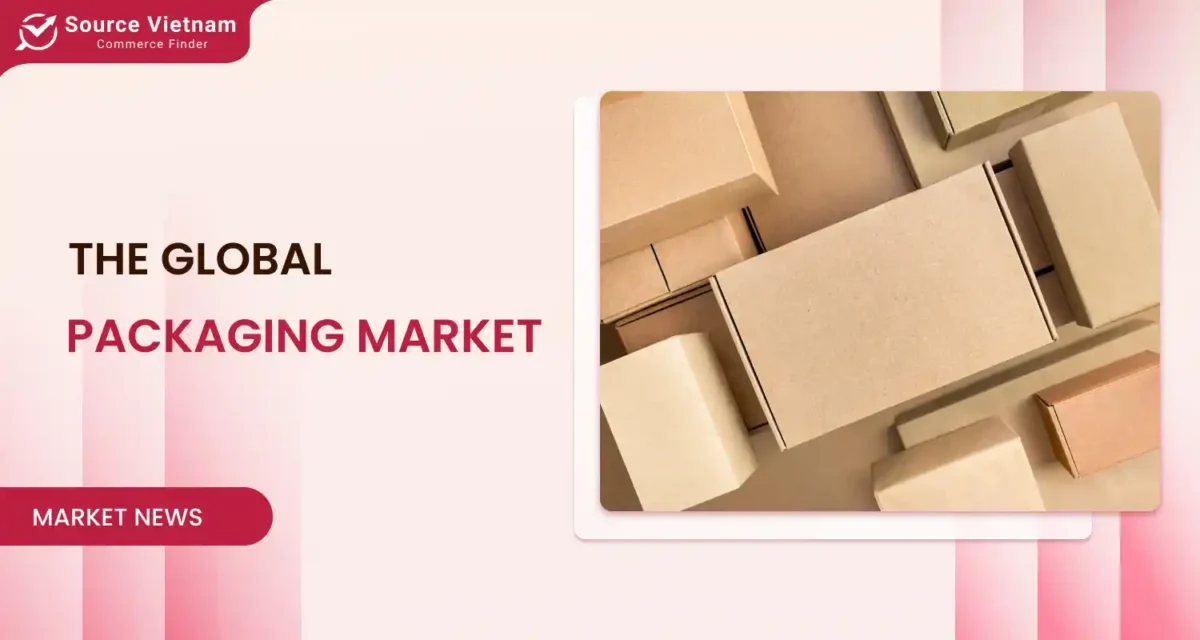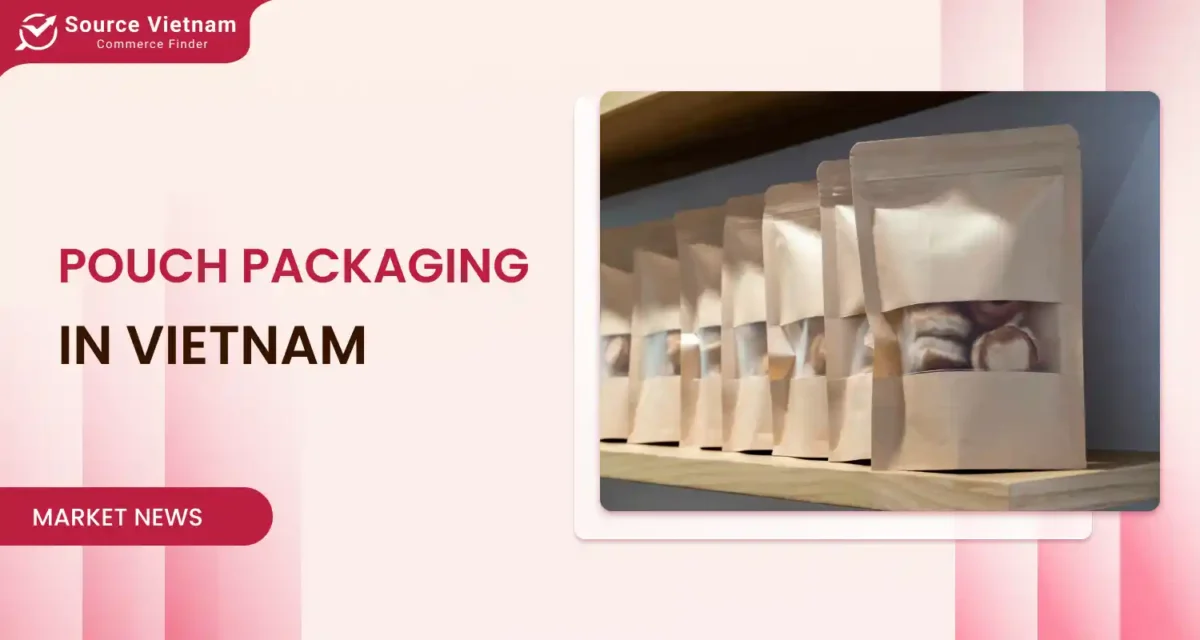Paper cups vs plastic cups: Paper cups are biodegradable but require significant energy and have recycling challenges, while plastic cups are more durable but contribute heavily to pollution. Both options present environmental trade-offs.
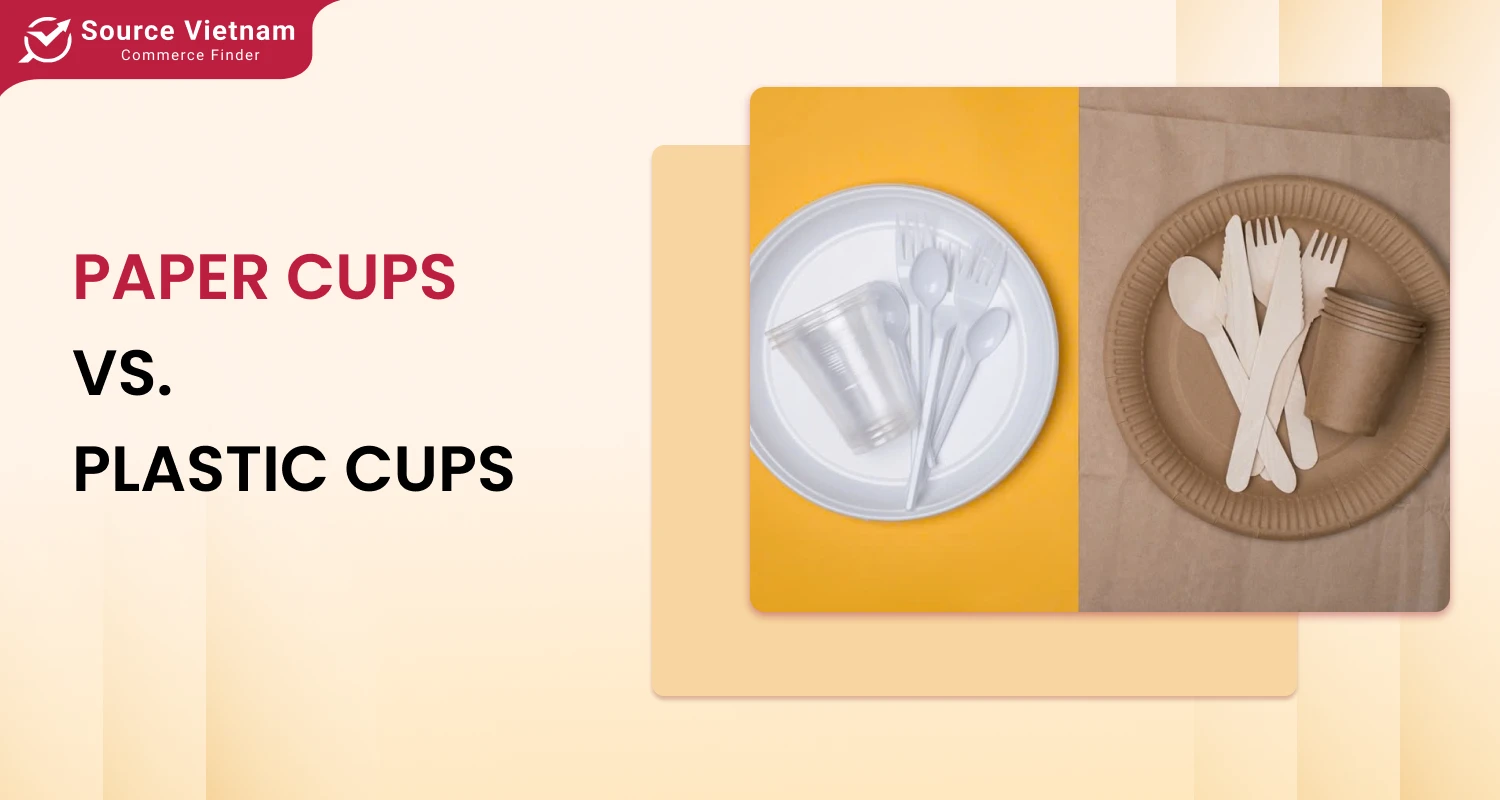
In the morden age, both paper cups and plastic cups are used extensively, and their advantages and disadvantages are often compared. This article takes a closer look at paper cup vs plastic cup by comparing their harm to the environment and its costs, along with the eco-friendly alternatives. Discover the environmental benefits of paper cups and learn how daily choices can bring about change.
Paper cups: a renewable option with hidden costs
How paper cups are made
The raw materials used to make paper cups are virgin or recycled paper. However, it requires a high amount of energy. Plastic or wax coating is laid on the inner surfaces of paper cups to stop the moisture from hurting the paper cups. But this technique makes recycling hard to perform, adding to the environmental impact of paper cups.
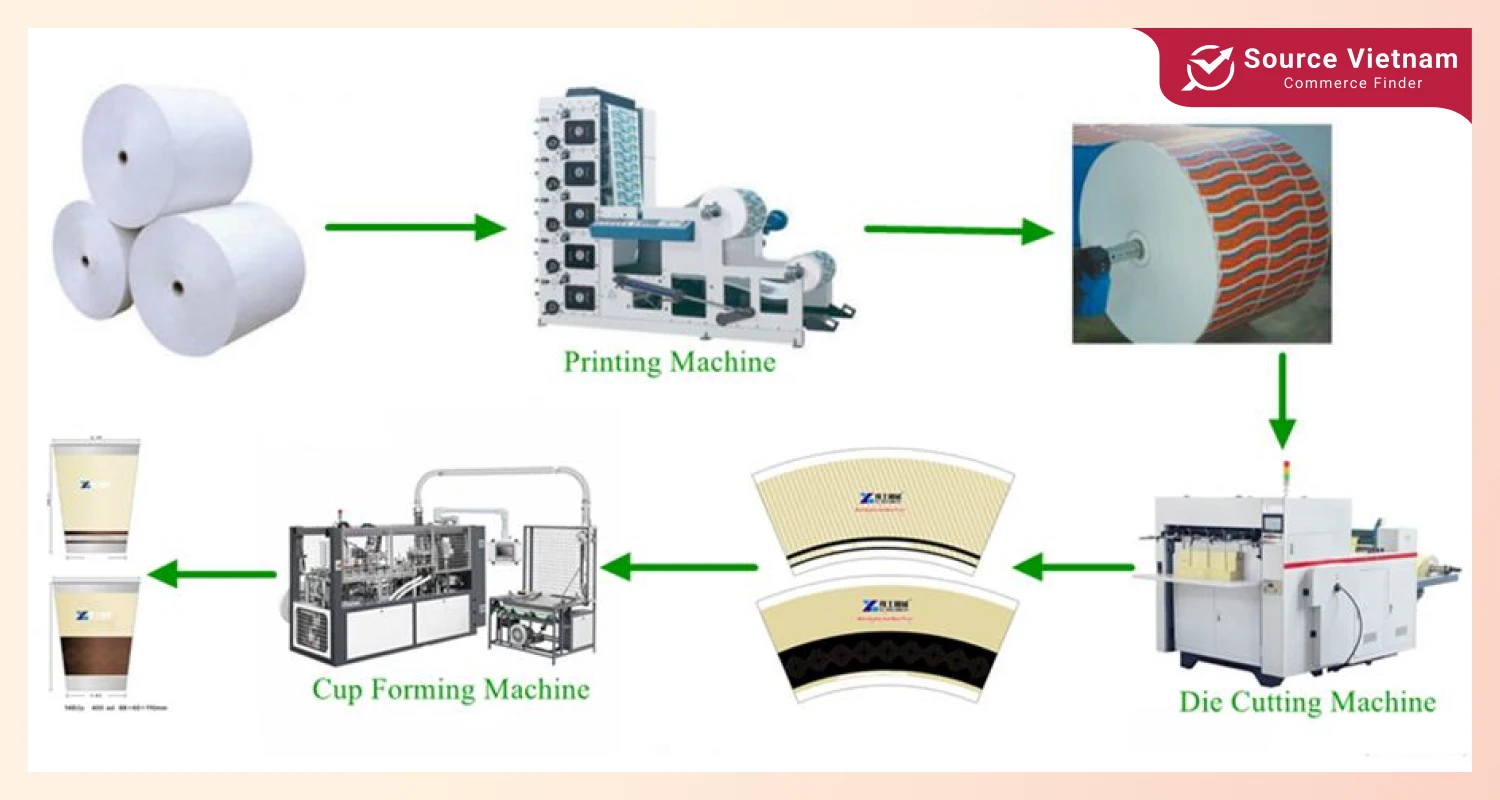
Advantages of paper cups
- Biodegradable: While all plastics would remain in landfills for hundreds of years, paper cups would degrade within months, provided favourable conditions. This positive aspect of being biodegradable gets cancelled when lined with plastic, intensifying the environmental impact of paper cups.
- Recyclability: Sometimes, paper cups are recyclable, especially if the coating meets the standards of the local recycling processes. However, this may be very different in other countries.
When considering paper cups vs plastic cups, see how your choice of cup affects the environment and understand why paper cups may be worth paying more for.
Disadvantages of paper cups
- Energy-intensive production: The paper cup manufacturing process has a more significant requirement of water and energy for plastic production; thus, it dampens the green credentials of the plastic cups. In the end, it pollutes the atmosphere with greenhouse gases in a big way.
- Deforestation issues: The inappropriate sourcing or harvesting of wood structures for pulp leads to ecological calamities courtesy of paper cup production. This risks the integrity of biodiversity.
- Plastic Linings: some thin plastic or wax coatings make it hard or impossible for the material to be recycled or composted. In fact, most paper cups are biodegradable, but their plastic or wax linings cause these materials to end up in landfills.
Read more >>> Difference Between Single-Wall and Double-Wall Coffee Cup
Plastic cups: Durable but harmful
How plastic cups are made
These plastic cups are produced from petrol products, including polypropylene and polystyrene. The production line for plastic cups is efficient; hence, they are cheaper than paper cups. However, these fuels derive from fossilized sources, which raises concerns about the environmental impact of plastic cups.
Advantages of plastic cups
- Durability: The plastic tumblers are strong, don’t allow quick leakage, and can be used multiple times by washing them, increasing the life span.
- Cost-effectiveness: Plastic cups are more cost-effective than paper cups since manufacturing and distributing cyclo cups is cheaper, which is very handy on huge occasions. Therefore, plastic cups are ideal for large-scale events when considering paper cups vs plastic cups.
- Lightweight: This lightweight construction again allows them to have lower emissions while transported, reducing the carbon footprint for shipments against the heavier paper cups.
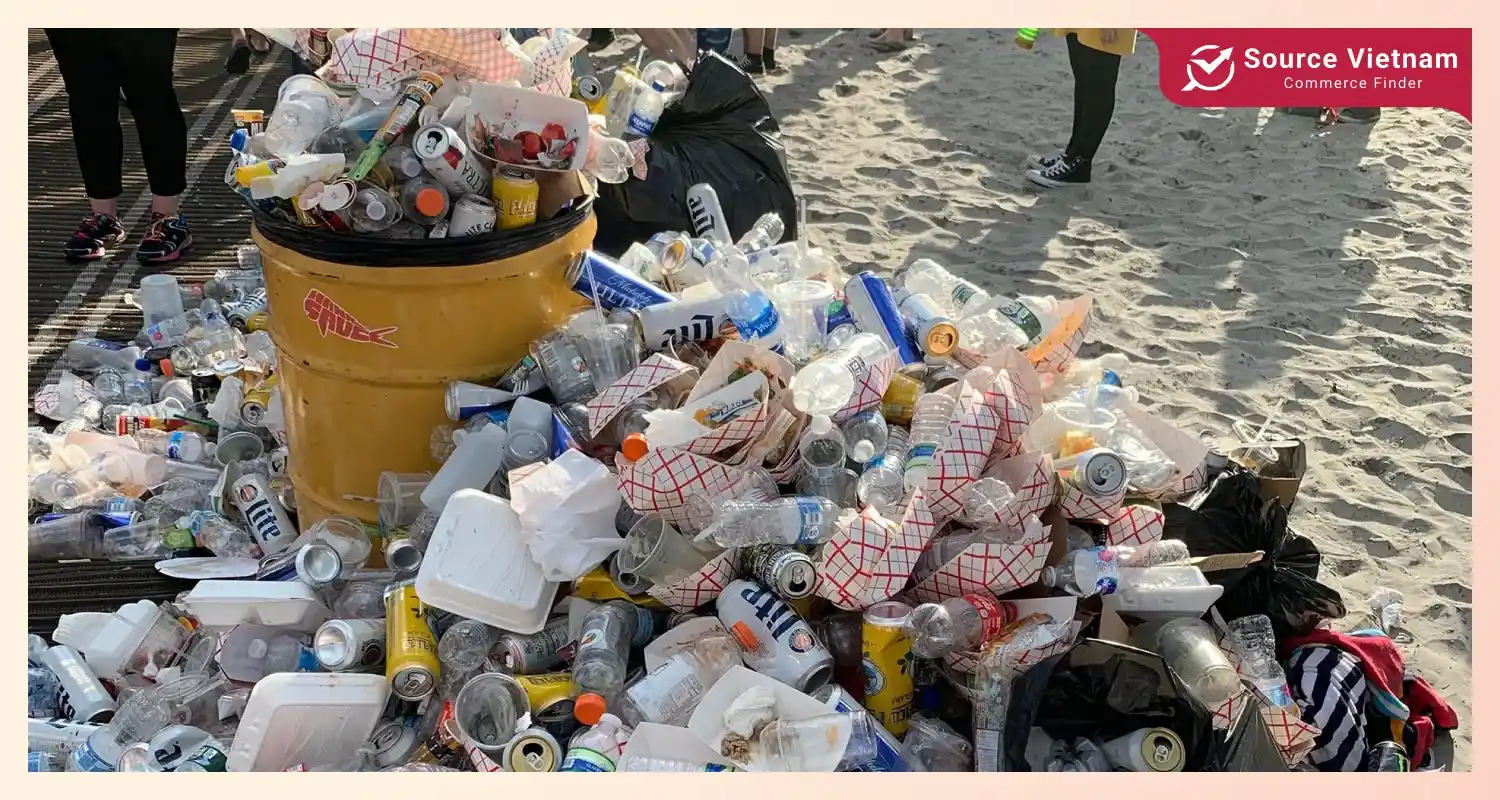
Disadvantages of plastic cups
- Non-biodegradable: Plastic cups may arrive at their complete breakdown in over a hundred years. Unlike the eco-cups, though, these plastic varieties of cups do not go through a decomposition process and never revert to nature in organic form. This contributes to the environmental impact of plastic cups.
- Recycling Challenges: While some plastics are indeed recyclable, the overall scope of plastic recycling remains restricted. Numerous facilities are struggling to process specific varieties of plastic. This leads to a rampant reliance on plastic cups that often go without appropriate disposal.
- Pollution: The position effect is a result of either the bad usage or the bad disposal of plastic cups, which are harmful to the ecosystem. They can end up in oceans, where they negatively affect the wildlife. These, in return, will one day decompose into a smaller particle called microplastics, which gets into the food web and disturb the ecological balance.
Learn how plastic cups impact our planet and understand the trade-offs of their affordability.
Read more >>> Top 10 Best Places To Buy Wholesale Craft Supplies
Paper cups vs plastic cups: A detailed comparison
When weighing paper cups vs plastic cups, it is essential to consider various factors that influence the optimal of them. These factors vary differently, but there are three main ones that should be mentioned. They are environmental impact, cost and performance.
Overview table
| Main Criteria | Sub-criteria | Paper Cups | Plastic Cups |
| Environmental Impact | Biodegradability | More biodegradable (if not plastic-lined). | Not biodegradable. |
| Recyclability | Limited recyclability if lined with plastic. | Recyclable in certain facilities. | |
| Resource | Use Made from renewable resources (trees). | Made from non-renewable fossil fuels. | |
| Carbon Footprint | Higher due to manufacturing and transportation processes. | Can be lower depending on production. | |
| Pollution | Can contribute to deforestation if not sustainably sourced. | Contributes significantly to plastic pollution. | |
| Cost | Production Costs | Often more expensive due to higher manufacturing costs. | Generally cheaper to produce. |
| Performance | Insulation | Provides moderate insulation, often requiring an extra sleeve for hot drinks. | Offers better insulation for both hot and cold beverages. |
| Durability | Prone to leaking or tearing, especially if wet for a long time. | More durable and resistant to wear and tear. | |
| Microwave Safety | Generally not microwave-safe. | May be microwave-safe, depending on the material used. |
Environmental impact
Biodegradability
Most biodegradable cups, especially those without any plastic lining, have a much higher degree of biodegradability compared to the rest. On the other hand, plastic cups tell a very different story; they take hundreds of years to break down completely. However, even as they break down piece by piece, these plastic containers release harmful microplastics into the surroundings and cause chronic pollution, disrupting sensitive food chains.
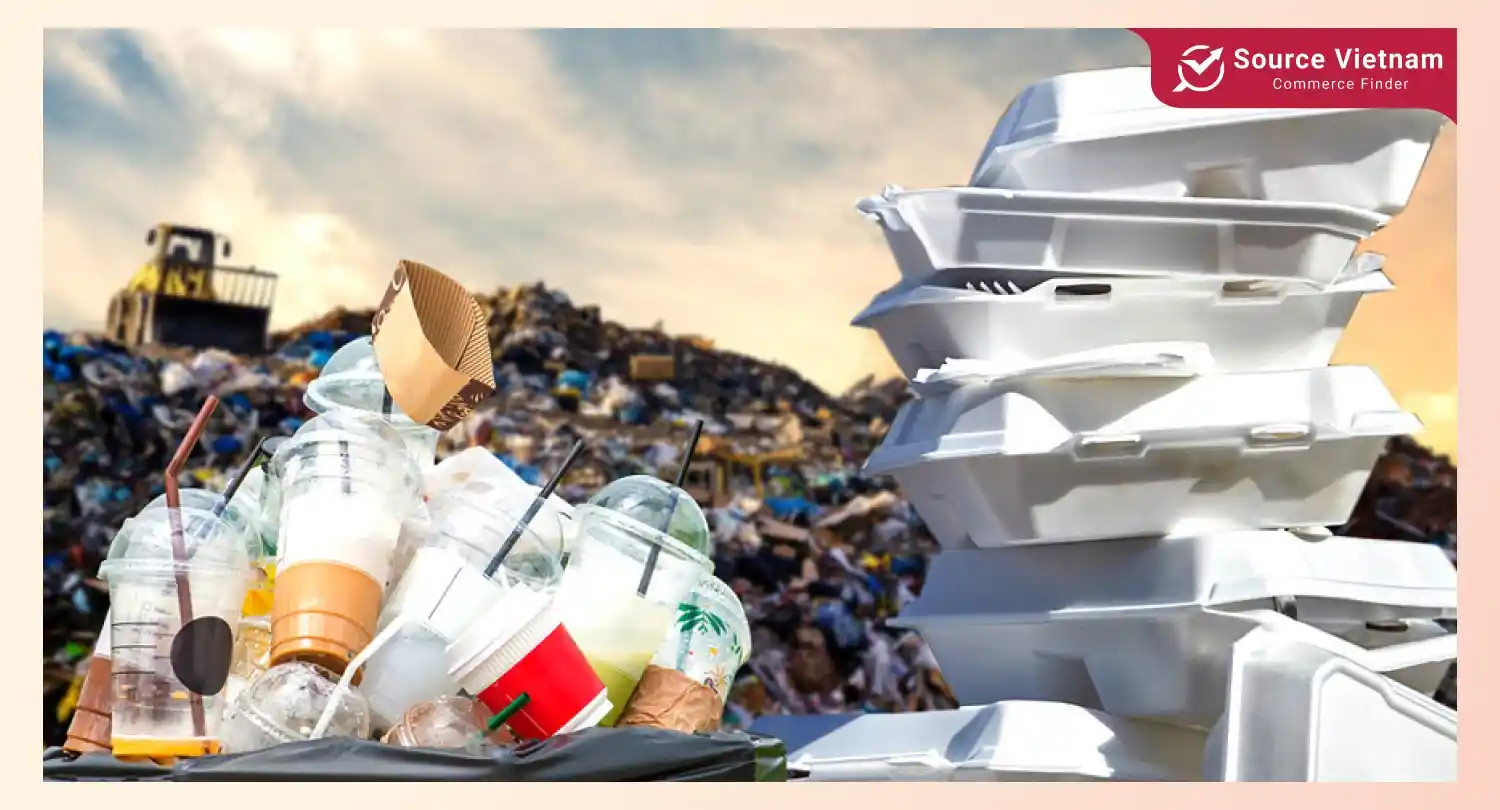
Recycling challenges
The recycling rates of both paper and plastic cups are limited by infrastructure. Paper cups, due to the presence of plastic linings inside them, can be taken to recycle only at specific facilities. Similarly, the recycling programs for plastic cups are very inconsistent. Therefore, a better recycling technique will be required for both types of waste reduction in these areas.
Carbon footprint
Acording to the Life Cycle Assessment (LCA), the production of paper cups consumes a huge amount of energy and water, much higher than the production of plastic ones. Therefore, they definitely have a higher carbon footprint. In contrast, plastic cups generate less carbon footprint when produced, but they will last for many years, which are detrimental to the environment.
Pollution
Pollution is probably the most evident and apparent consequence of single-use cups. Plastic cups emit toxic chemicals into the atmosphere, pollute our oceans, and lead to the killing of animals. Paper cups are not out of the case. These may contribute to deforestation if the materials are sourced illegally. Accepted materials are the ones that have certification of organizations such as the Forest Stewardship Council (FSC) or the Rainforest Alliance. Every manufacturer should comply to this standard to reduce the effects of paper cups and promote sustainable forestry.
Find out which cup is more cost-effective while keeping the environment in mind.
Cost comparison: Which is more affordable?
Paper cups
A paper cup is beneficial at the stage of its production, and there is nothing surprising that it is more expensive than a plastic sample. Making a biodegradable paper cup is more costly than a plastic one. Compostable cups or those with biodegradable linings can be 20 to 30% more expensive. Having taken into consideration all the mentioned factors, which usually are taken separately, one will justify the relatively high price of the product aimed at redeeming environmental harm.
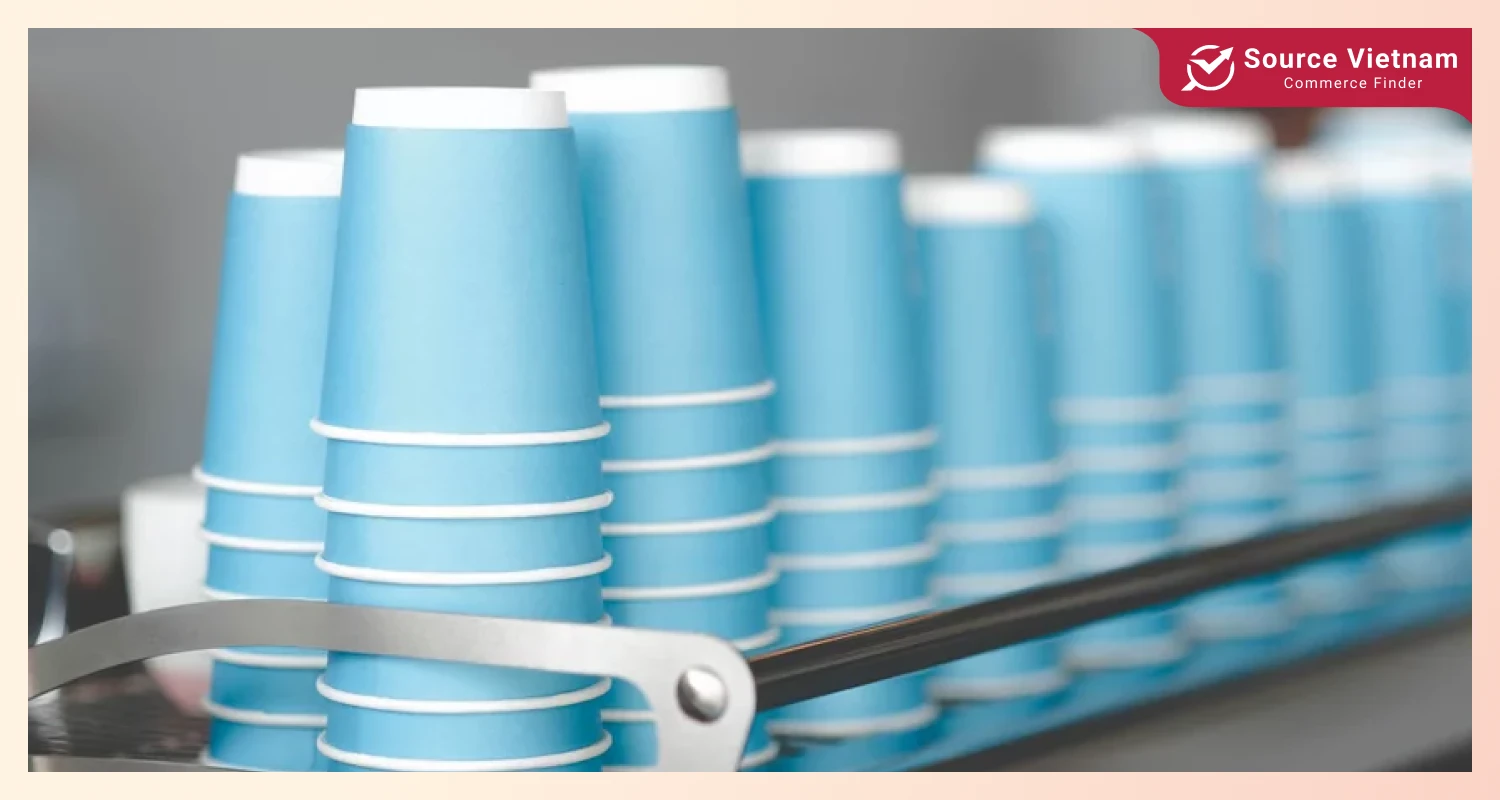
Plastic cups
Plastic cups have gained demand due to their low cost and cheap way out for large events or organizations. On the other hand, the low cost has a high hidden price mainly dependent on environmental impacts, which include expenses related to the management of pollution and resource depletion.
Find out which cup is more cost-effective and make an informed decision for your budget and the planet.
Performance: practicality matters
Insulation
Paper cups are way better for hot beverages since they can retain heat, thus giving the best atmosphere for scalding drinks. Most of the time, a sleeve will not be needed because the cups are usually double-layered. Plastic cups, however, serve cold drinks better because of their better temperature retention, and they are very efficient in avoiding any leakage of condensation.
Durability
In the persistent comparison that exists between paper cups vs plastic cups, the former seems to wear the belt for its stability. Structurally, they are stronger compared to the paper ones, having wider temperature and liquid tolerance. This perhaps may have informed reasons why plastic cups have been used for outdoor events recently. Paper cups are good for just a single use, but they easily get soggy the moment it has been exposed to liquids for some time.
Microwave safety
Some are not even safe to be used in the microwave, where the high temperature may cause certain plastics to melt, releasing some chemicals that make them utterly unfit for use in a microwave. However, whereas most paper cups also are not meant to withstand microwaving, short heat bursts are unlikely to pose any risk to the materials themselves.
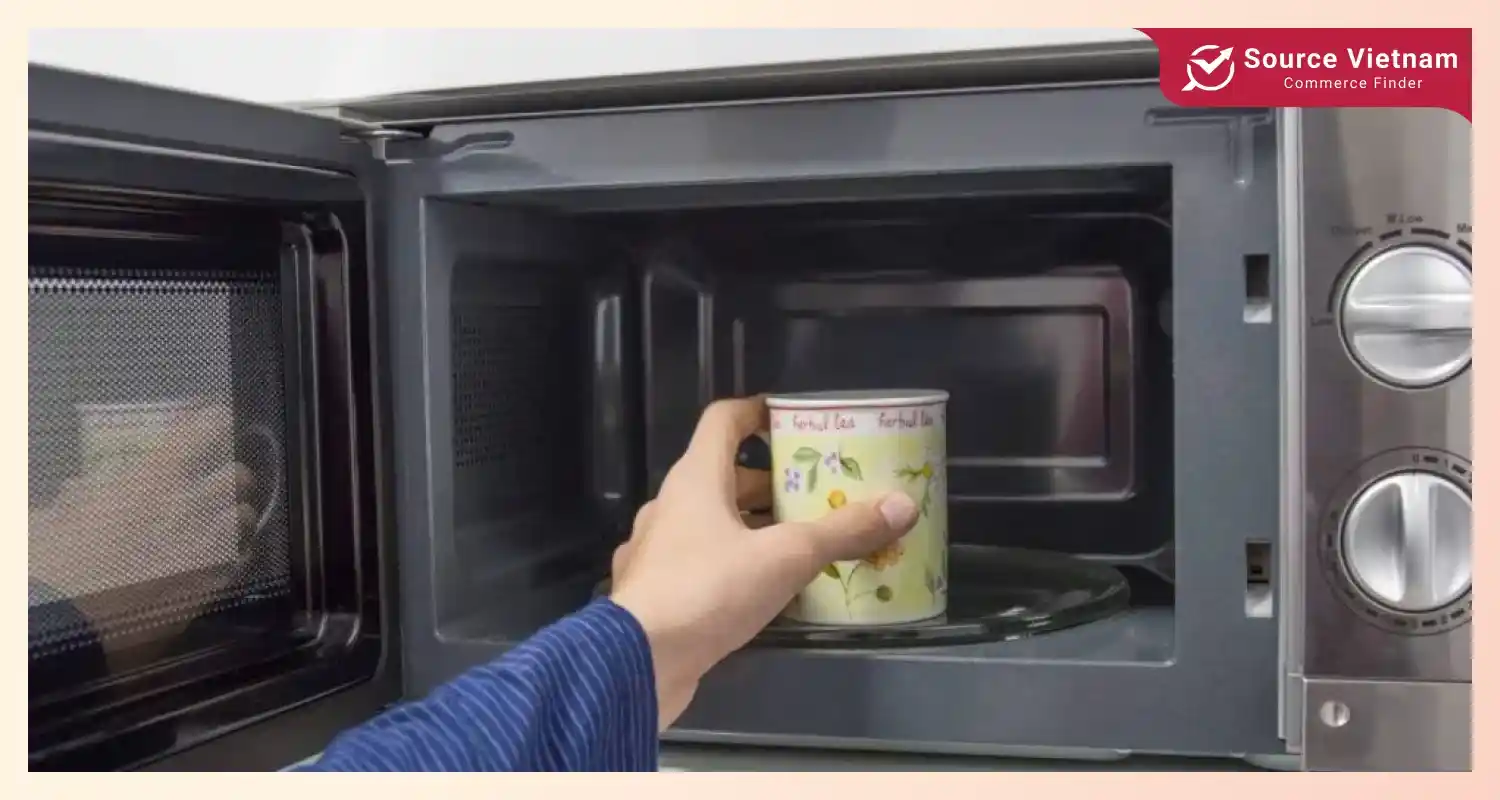
Explore sustainable alternatives to disposable cups for better performance and safety.
Sustainable cup options
The over-usage of paper cups vs plastic cups has caused many environmental problems. To deal with them, eco-friendly packaging alternatives are created to reduce the environmental impacts of paper cups and plastic cups.
Biodegradable and compostable cups
Biodegradable cups and compostable cups are manufactured using PLA (polylactic acid) or bagasse (a production waste of sugarcane) and are capable of getting decomposed naturally under particular conditions. However, many compostable cups need industrial composting facilities to decompose efficiently, which may not always be readily available. In this case, their environmental benefits could fade away.
Recyclable cups
Recyclable cups are designed to reduce waste provided they go through appropriate processing. Plastic and paper varieties can be recycled, but their effectiveness depends on the material purity. Cups made of 100% recyclable materials can go through easy processing. Opportunities to invest in recyclable cup solutions would drastically reduce waste sent to landfills, aligning with a sustainable packaging strategy.
Reusable cups
Reusable cups help minimise the amount of waste, therefore, provide long-term solutions to sustainability challenges. The materials of them typically are stainless steel, glass, or quality plastic. This approach will help form eco-friendly behavior, therefore, reduce the environmental impacts of paper cups and plastic cups.
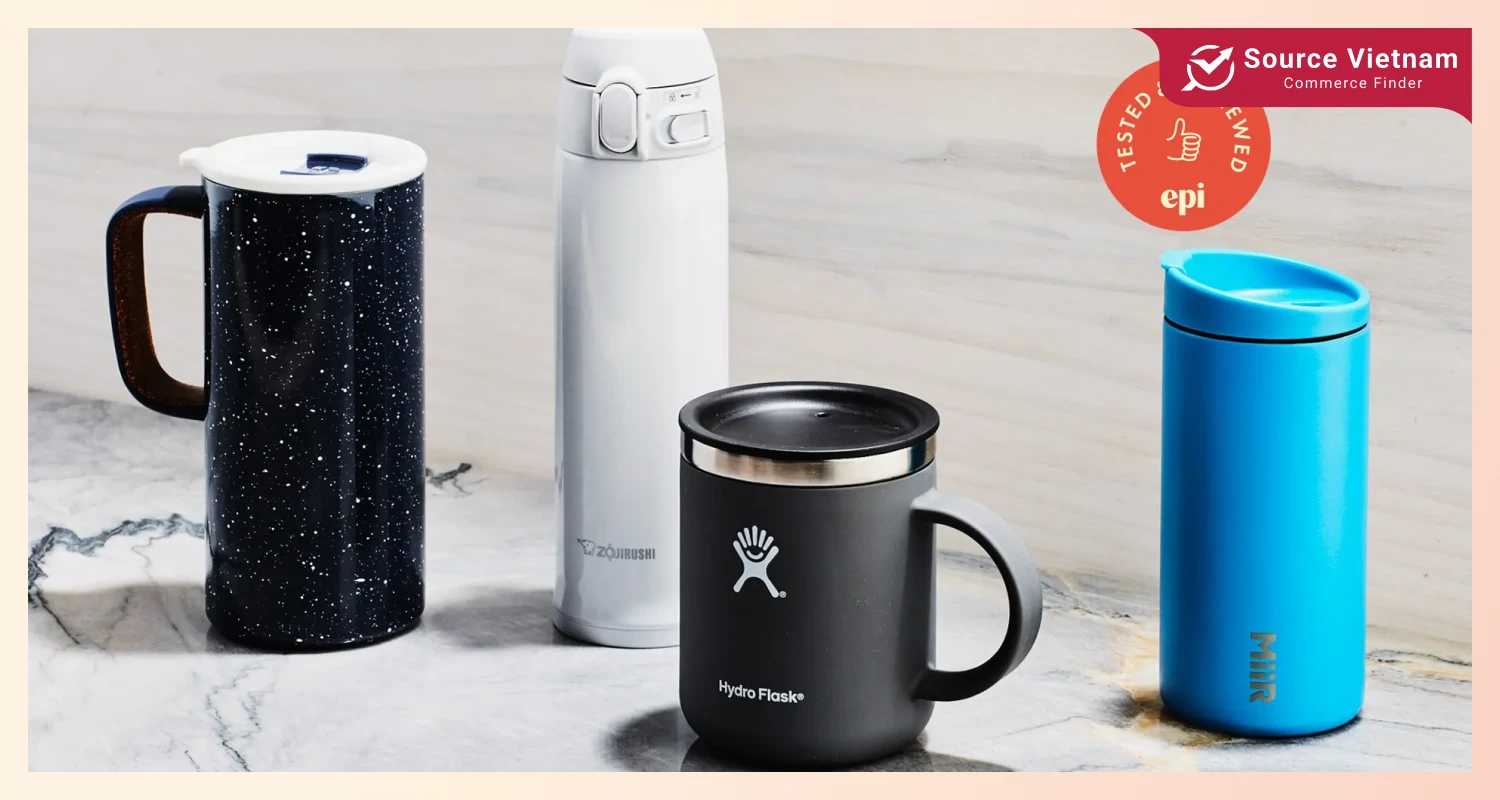
Explore sustainable alternatives to disposable cups and start making a difference.
Conclusion
The choice between the use of paper cups vs plastic cups would depend upon what one values most. Paper cups are much more biodegradable and less polluting to the environment. However, most of their making is highly carbon-intensive. Plastic cups, on the one hand, are cheaper and stronger, but their continued use is deleterious to the environment. Therefore, the best solution could be to try not to use disposable items where one cannot avoid using them. Sustainable cup options such as biodegradable, compostable, recyclable, or reusable cups could be used multiple times would considerably affect the environment.
Make a difference with your cup choice with SourceVietnam.com today.
FAQs
Are paper cups really better for the environment than plastic cups?
Generally, paper cups are considered to be more environmentally-friendly than plastic ones. This is mostly because they decompose faster than plastic cups. Aside from that, if these cups are manufactured sustainably, the environmental impact caused by paper cups will be much lower compared to plastic cups.
How can I tell if a paper cup is recyclable?
These certificates or symbols are meant to prove now that a cup is recyclable. You can look them up directly on the cups. The most famous and most reliable ones are FSC (Forest Stewardship Council) certificates.
What are the best alternatives to disposable cups?
Best-replaceable ones are reusable cups. Stainless steel and glass cups last longer and can be reused several times without the danger of their durability being compromised. For one-time-use cups, biodegradable ones, such as PLA or bagasse, are recommended.
How can I dispose of paper and plastic cups responsibly?
For plastic cups, you should ensure that they are clean and dry before recycling to avoid contamination in the recycling process. For paper cups that are labeled as compostable, you just throw them in your gardens. This way, you would be contributing to the reduced environmental impact of paper cups and plastic cups

